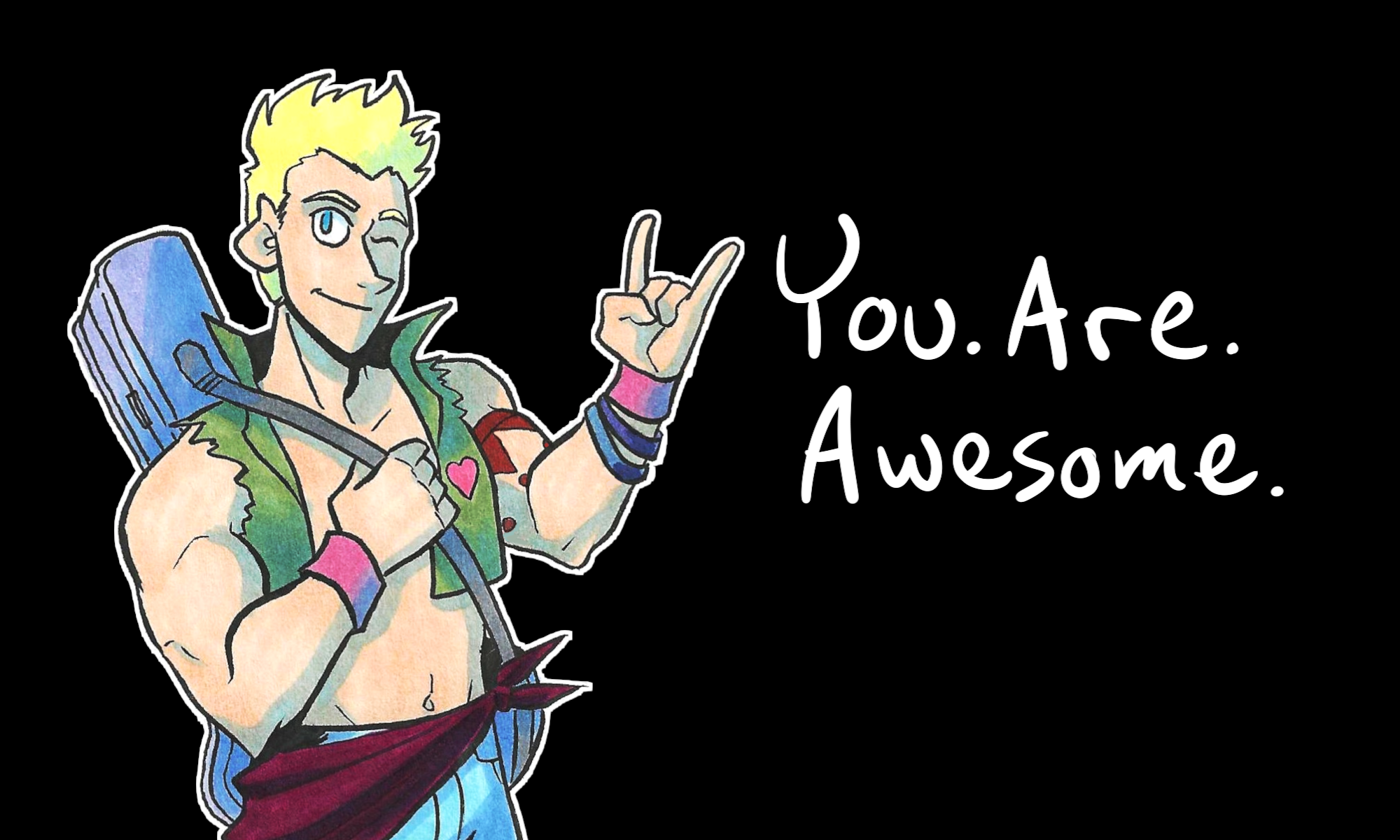Last time we discussed talking to your potential partner and the rough outline of a contract.
Today, we’re going to talk about rights, because this is what most people mess up or don’t notice.
The problem is that when you do a Google search for artists’ rights, you come across a bunch of legal jargon, or articles concerning Rights Acts passed by the President of the United States and whatnot.
I’m going to make this a lot simpler and outline your rights for you, using the 2013 Artist’s and Graphic Designer’s Market as a reference (which is what I use).
The artist has these bundle of rights with the images they make…
Reproduction Right: You can make copies of the image.
Modification Right: You have the right to take an original work of yours and make derivative works based on it.
Distribution Rights: You can lease, rent, or sell your art. (I’ll talk about leasing and renting in a minute.)
Public Performance Right: This applies to musical and performance arts more than the visual arts. This means that you have the right to perform or otherwise play the work in public.
Public Display Right: You can display your work in a public space.
Now that you know your rights, you now know that you can divide these rights between yourself and other people in many different ways.
In a contract between artists and the person hiring them, these are some of the ways you can divide rights between the two of you…
One-Time Rights: Your client buys and uses your image once and that’s it. Most books and magazines tend to do this. Once they use it, it’s yours again to do what you will.
First Rights: This is like One-Time Rights, but trickier. Basically your client wants to be the FIRST ONE to use your image, and can use it only once (unless you both agree to different terms). Sometimes this is broken down geographically, in the instance of first North American rights (which means the client has the right to be the first to publish the image in North America).
Exclusive Rights: This is often used by people who print products, like greeting cards. Exclusive Rights means one company can buy your image exclusively for that product (say, in this instance, a mug). If they do that, that frees you up to sell the same image to a different company who makes a different product (if they allow you to do this).
(Remember how above I mentioned you can rent or lease artwork? The instances of One-Time, First, and Exclusive Rights is where you do that.)
Promotional Rights: This means that, say, if a magazine buys your image and uses it as the cover of the magazine, they can also print the image in promotional fliers. This just means that the client can use your image for promotional purposes as well as its original purpose.
Electronic Rights: This lets your client put your image on a website. They’ll ask separately for print rights, if they are interested.
Work for hire: Someone hires you (usually for a movie in the case of these rights), you make a piece within the time you are hired, and you surrender all rights to the image and cannot use it again. If you do this, make sure the money is worth it.
All rights: You relinquish all copyright to an artwork. This can be done in any kind of project, not just movies. Before you agree to this, make sure you can live with it and that the fee is worth it.
When a client buys your image, they can purchase any combination of rights. Some clients may buy Exclusive and Electronic Rights. Some clients may buy One-Time and Promotional Rights. Some can just buy All Rights (make sure that if you do this, you’re alright with this! Selling All Rights is not something to back out on easily).
HOT TIP: If your client writes up a contract for you and you want to double check it or it’s way too confusing, get in touch with the Volunteer Lawyers for the Arts. They can help you figure it out.
Also, let’s mention when it’s the best time to use “Copyright” or the c symbol on your art.
You can use it pretty much anytime in your art if you so choose. However, you cannot add it if you sell the rights as Work for Hire or All Rights. This is because your client now has the rights to that image, and THEY can use the Copyright or c symbol for themselves.
I hope this helps you understand a few things when you write up your own contracts.
In the last installment of this series, I’ll have an example contract up so you can see these principles in action.
And in a stunning turn of events, I’ll post the last installment on Wednesday!
I’ll see you then.
